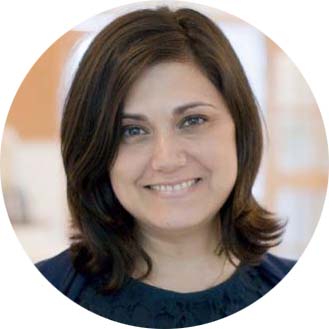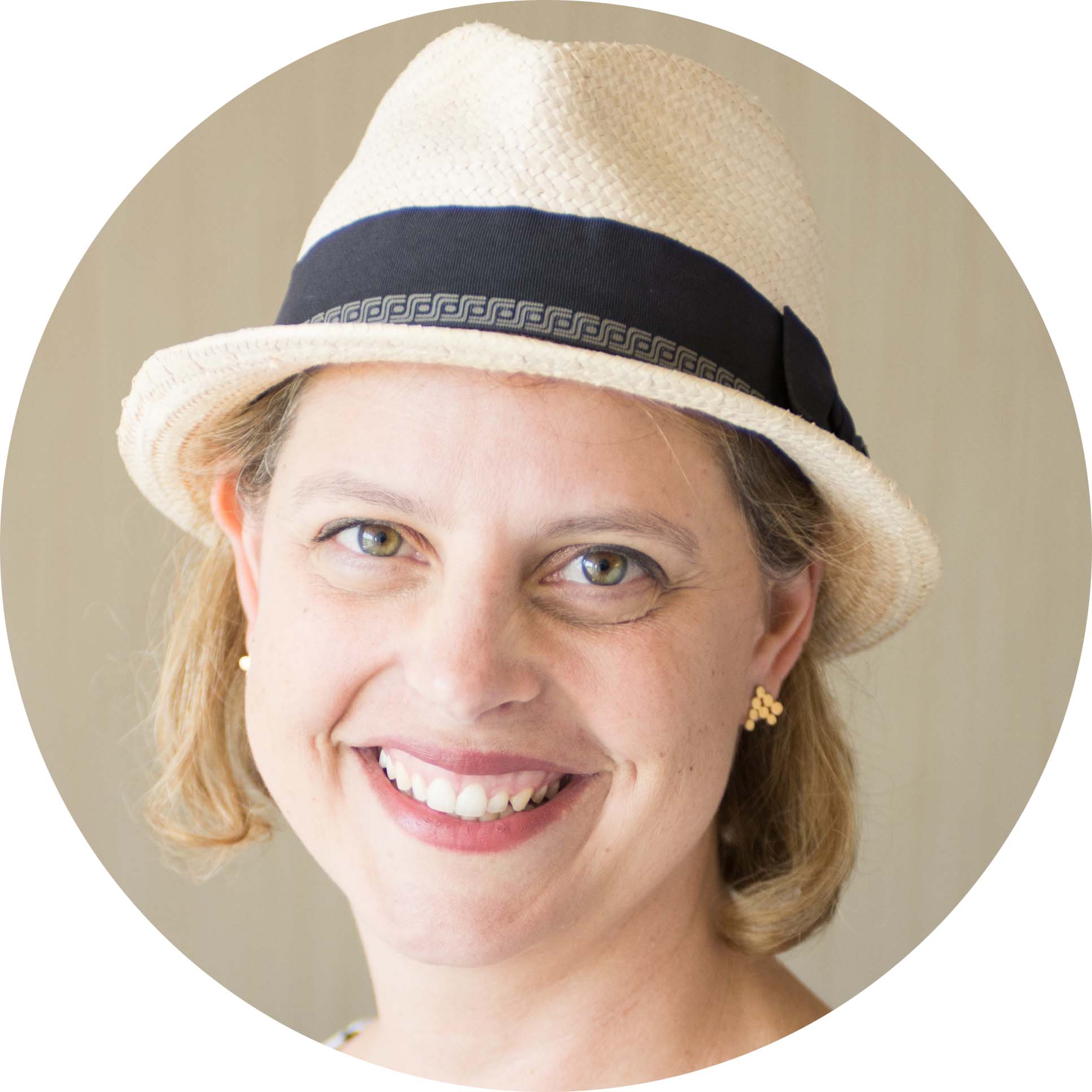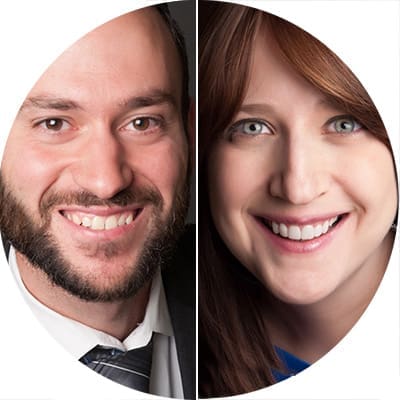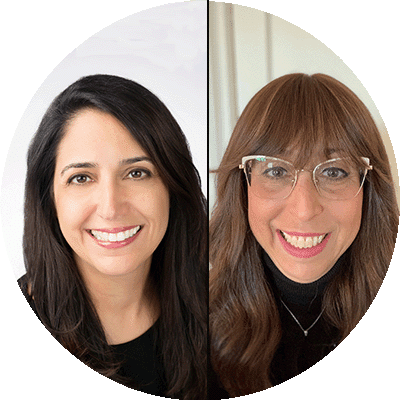

From The Editor
Educators are busy. They constantly dance between the multiple roles they play—teaching, enabling, counseling, negotiating, peacemaking, managing, assessing, planning, designing, creating, reporting, adapting—and the list goes on. Educators spend years building their repertoire, finding the styles that work for them, and refining them through numerous iterations. And then, when they finally hit their sweet spot, they face perhaps their greatest challenge—repeating what they’ve been doing over and over again.

Bibliodrama: Transformation of Story into Experience
Bibliodrama is not acting, per se. Its creator, Dr. Peter Pitzele (whose book, Scripture Windows, is designed to train the reader to use the method) imported methods from the world of psychodrama into the study of Tanakh, and honed them into an art form. In Bibliodrama, a transition is effected by moving from studying the texts from the outside, using the analytical and academic left brain, to studying them from the inside, in creative and imaginative right-brain mode—and thus, getting right into the kishkes of the stories we are teaching. Questions, ones with no obvious answer, are posed to the students who respond in first-person language, speaking as the biblical characters or even as objects.

A Multi-Modal Approach to Teaching Humash: An interview with M. Evan Wolkenstein
The project is an exploration of the preparations for receiving the Torah at Mount Sinai, Exodus 19. Students engage in a number of different activities as part of their learning. These include studying the text, pursuing thematic approaches to understanding the relevance of the text, journaling, examining visual metaphors, generating ideas through dialog, and artistic expression. Built into the process is a significant amount of student choice, an expectation that students will try different things and refine their ideas over a number of iterations, and reflection.

Experientializing the Text: An invitation to join
Those of us reading this journal are a pretty self-selected group. We love studying Jewish text. We find meaning and value and personal relevance in the word of God, in the divinely inspired writings of our ancient leaders, and in the holy and courageous power of the rabbinic project. We care deeply about Jewish history, and the compiled written chronicles of these past 3,500 years. For many of us, learning Torah fosters a state of “flow”—when we are in the zone, fully absorbed, fully alive.

From Text to Symbol: The Art of Jewish Learning
The world surrounding us (and all the more so, surrounding our students) has become more and more visual in its communication. We are engulfed by logos and icons that we associate with meaning as they immediately conjure in our minds entire worlds of associations, thoughts, and feelings. And yet, we are the “people of the book.” Judaism is text-based and highly values the written word. How can we help bridge these two cultures?

Expanding Conversations About Barriers to Learning Talmudic Text
“What barriers to learning can I anticipate?” is an ongoing question pondered by educators who use the Universal Design for Learning (UDL) framework to plan their teaching. UDL emphasizes that the variability in how our students learn is both expected and systematic, which allows for teachers to predict what obstacles students will encounter in the classroom before they even enter it. The framework provides a roadmap for anticipating barriers so teachers can remove them, by proactively embedding options into lessons that maximize access to the curriculum for all students.

Sinai 2.0 A multisensory approach to learning
Creating meaningful, well-rounded learning experiences is essential for all students. The opening mishnah in Pirkei Avot describes Moses as “receiving the Torah from Mount Sinai.” In the Torah, the Sinai experience was immersive and multi-sensory—sights and sounds, wonder and awe, and who knows what else. Today’s students need more Sinai-like learning that can fuel their passion and independence, and teach them to work hard to build the skills necessary to truly own their learning. That ownership helps students to become what futurist Alvin Toffler describes as being literate in the future—the ability to learn, unlearn, and relearn.

Engaging Tweens and Teens in Judaic Learning: A Multi-Modal Approach
Performing magic is a fascinating art. For a young child, going to a birthday party and seeing an amateur perform the simplest sleight-of-hand trick such as pulling a quarter out of their ear or an incredibly long multi-colored handkerchief from the magician’s sleeve creates a sense of wonder and amazement. They don’t question how it was done, they just want to see more. As we matriculate into the tweens/teens and eventually into adulthood, while we remain captivated by good, professional magicians, we are no longer content with just seeing the next trick.

Design Thinking and Talmud Instruction
It was the model of a truck that made us realize that the project was a success. Students were challenged to create artifacts for a museum as the culmination of our unit focused on Megillah, discussing objects that serve holy things or God’s name. Once an item functions to serve something holy, such as a Torah, that item takes on special status and needs to be treated differently. What better modern, practical implication could there be of these laws than a truck carrying Torah scrolls?

Universal Design for Learning: Lowering the Barriers Without Lowering the Bar
Teachers play an essential role in student development in two central ways: first, they broaden and deepen student knowledge; second, they promote the skills students need to become purposeful and motivated, resourceful and knowledgeable, strategic and goal-directed—what Universal Design for Learning (UDL) calls “Expert Learners.” Jewish studies teachers can help students transform Jewish learning into living meaningful lives.

Beyond the Source Sheet: New Modes of Exploring the Jewish Library
With the onset of COVID, classes moved online and digital texts proved to be crucial to continuing instruction while students were learning outside the walls of the classroom. Now that teachers and students are returning to the school buildings, digital texts can continue to provide opportunities to model authentic learning and create lifelong learners. This article will point towards exciting ways to reorient pedagogy using digital texts as a core feature of instruction and will provide examples from teachers who have used the digital library to open the world of the Torah to their students. With proficient use of new technologies for learning, students develop their familiarity with the Jewish library, set off on their own paths of discovery, expand the range of texts that they access, and gain new understandings of the Torah.




